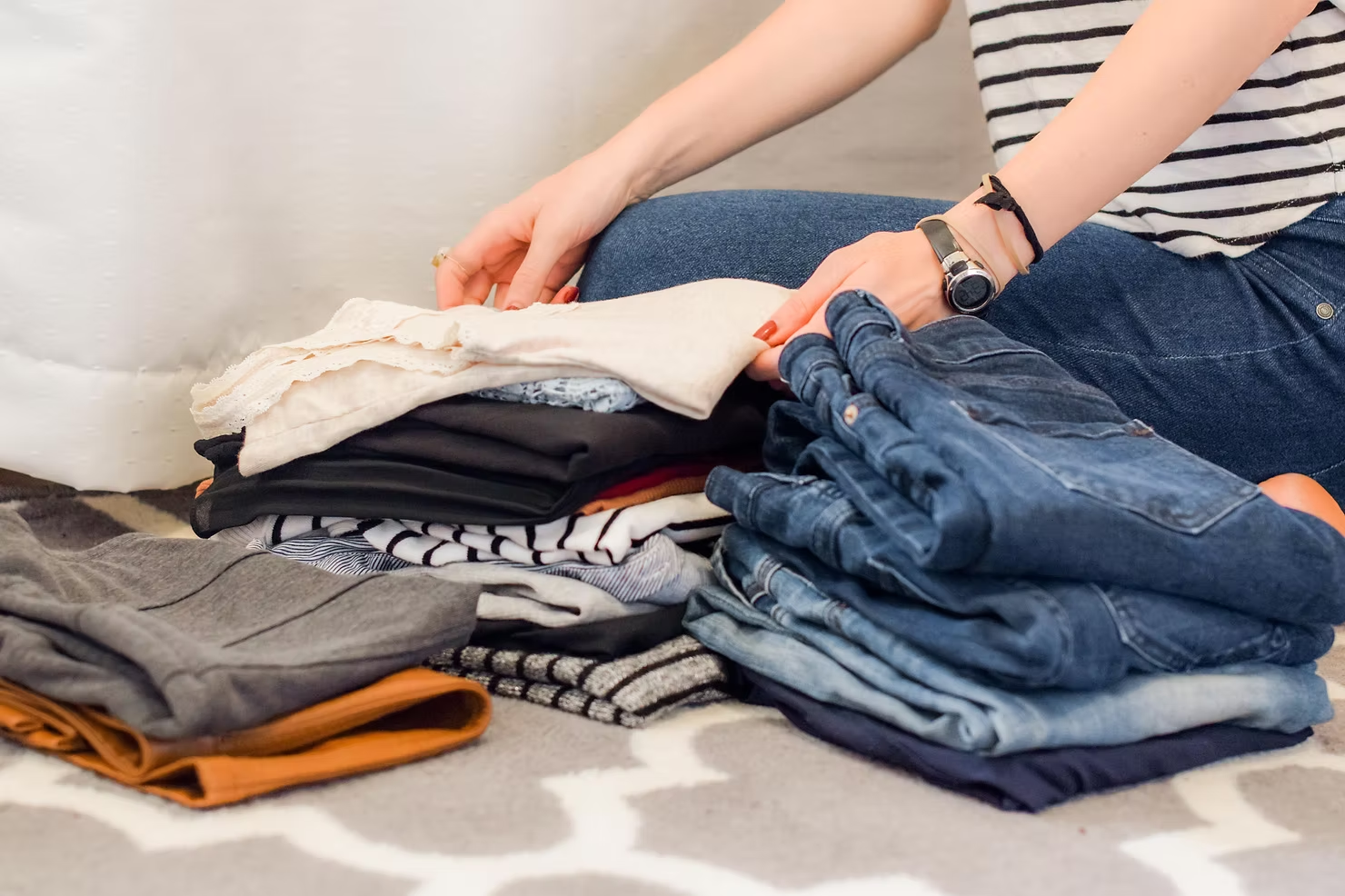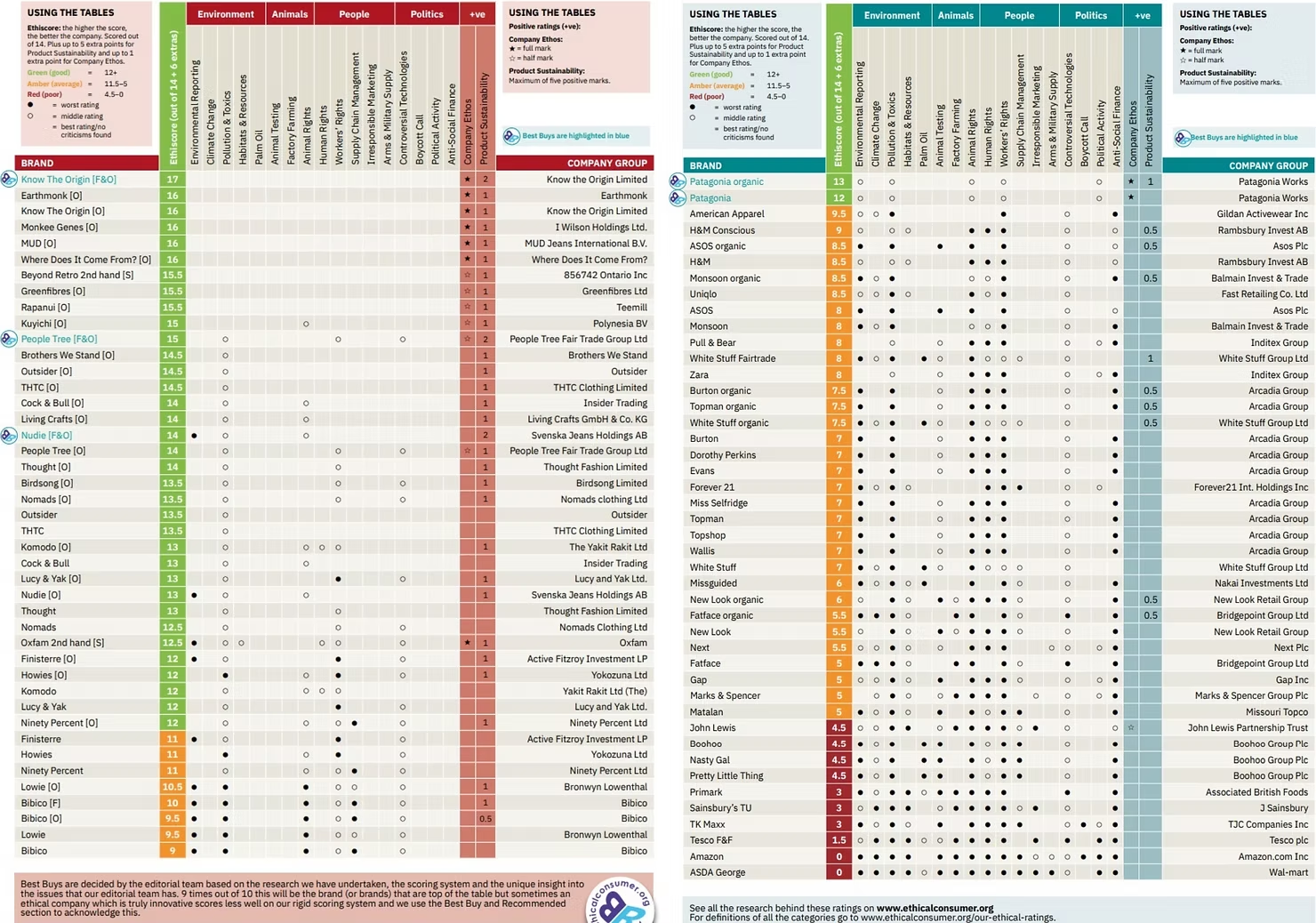
Quitting Fast Fashion: A Beginner’s Guide
The fashion industry has long escaped serious scrutiny, but that time is over. In 2025, fast fashion is under a harsh spotlight—and rightly so. Headlines highlight its environmental destruction, human rights violations, and cultural exploitation. From The Daily Telegraph to Forbes, media and watchdogs alike are calling for radical change in an industry that has prioritised speed and profit over people and planet.
As consumers, we hold more power than we think. Every purchase is a vote for the kind of world we want. If you're ready to quit fast fashion, here’s what you need to know—and how to start.
🧵 What Is Fast Fashion?
Fast fashion refers to cheaply made, low-quality clothing produced quickly and in high volumes, mainly in factories across the Global South. Brands like Zara, H&M, ASOS, PrettyLittleThing, and Fashion Nova pump out new collections every few weeks, fuelling a culture of overconsumption.
The model is built on exploitation—of workers, natural resources, and consumers. And despite “green” marketing campaigns, true sustainability is not compatible with fast fashion.
🌍 Why Fast Fashion Is So Harmful
1. Environmental Destruction
- The fashion industry is the second-largest polluter globally—only the oil industry is worse.
- It produces 5% of global greenhouse gas emissions, roughly equal to the entire emissions of Russia.
- Most fabrics use synthetic polymers (like polyester), which emit nitrous oxide, a potent greenhouse gas. These fabrics also release microplastics when washed, polluting oceans and drinking water.
- Producing one cotton shirt takes 2,700 litres of water—in many cases, drawn from drought-prone regions.
- In the UK alone, 350,000 tonnes of clothing (worth £140 million) end up in landfill each year. Most of it is still wearable.
- Polyester can take 200 years to decompose, leaking more plastic into the soil as it breaks down.
2. Human Rights Violations
- The 2013 Rana Plaza disaster in Bangladesh killed 1,134 workers and injured 2,500 more—many making clothes for Primark, Benetton, Mango, and others.
- Garment workers are often underpaid, overworked, and operate in unsafe conditions. In 2018, Global Labour Justice exposed widespread gender-based violence in factories producing for H&M and Gap.
- Zara has faced accusations of slave labour as far back as 2011. Its parent company, Inditex, was once led by the world’s richest man.
- During the COVID-19 pandemic, brands including Topshop, ASOS, Urban Outfitters, and Primark cancelled contracts after production—refusing to pay factories, leaving workers unpaid and at risk. Some even had to buy their own PPE while working in crowded conditions.
There are countless more examples of crimes in fashion supply chains – these are just a few.

crimes from fast fashion
🛑 How to Quit Fast Fashion
Step 1: Just Stop Buying It
Say no to brands that:
- Exploit workers
- Greenwash their image
- Promote constant trends and seasonal overconsumption
Unfollow influencers pushing hauls. Unsubscribe from promo emails. Opt out of the cycle.
Step 2: Embrace Second-Hand
Charity shops, Vinted, eBay, Depop, and local clothing swaps offer budget-friendly, stylish alternatives to new fast fashion. The stigma around second-hand clothing is fading fast—and with it comes unique, affordable finds.
Step 3: Shop Your Own Closet
Before buying anything, look at what you already own. Rediscover forgotten pieces, learn to upcycle, and get creative with your style. The most sustainable item is the one you already have.
Step 4: Support Sustainable Brands (Cautiously)
When you do need something new:
- Choose slow fashion labels.
- Research thoroughly—greenwashing is rampant.
- Look for ethical supply chains, organic fabrics, and fair wages.
Great examples:
- Organic Basics – Essentials made ethically
- Alexander Clementine – Underwear from seaweed and TENCEL
- TALA – Slow fashion activewear
Use platforms like The Good Trade or Good On You to evaluate brands. And always try to buy local to reduce your carbon footprint.
✊ Take It Further: Become an Advocate
You don’t need to lead a protest to fight back. Here’s how to get involved:
- Write to brands you used to support and demand accountability.
- Share what you’ve learned—through social media, blogs, videos, or conversation.
- Sign and share petitions for ethical fashion legislation.
- Support NGOs like:
🌱 The Bottom Line
The fashion industry is in crisis—and so is our planet. But you have the power to be part of the solution. Quitting fast fashion isn’t just about the environment; it’s about standing up for people, justice, and the future we all share.
Ready to make the pledge?
👉 Support The Climate App and join a movement that empowers individuals to track their impact, reduce emissions, and make ethical choices—together.